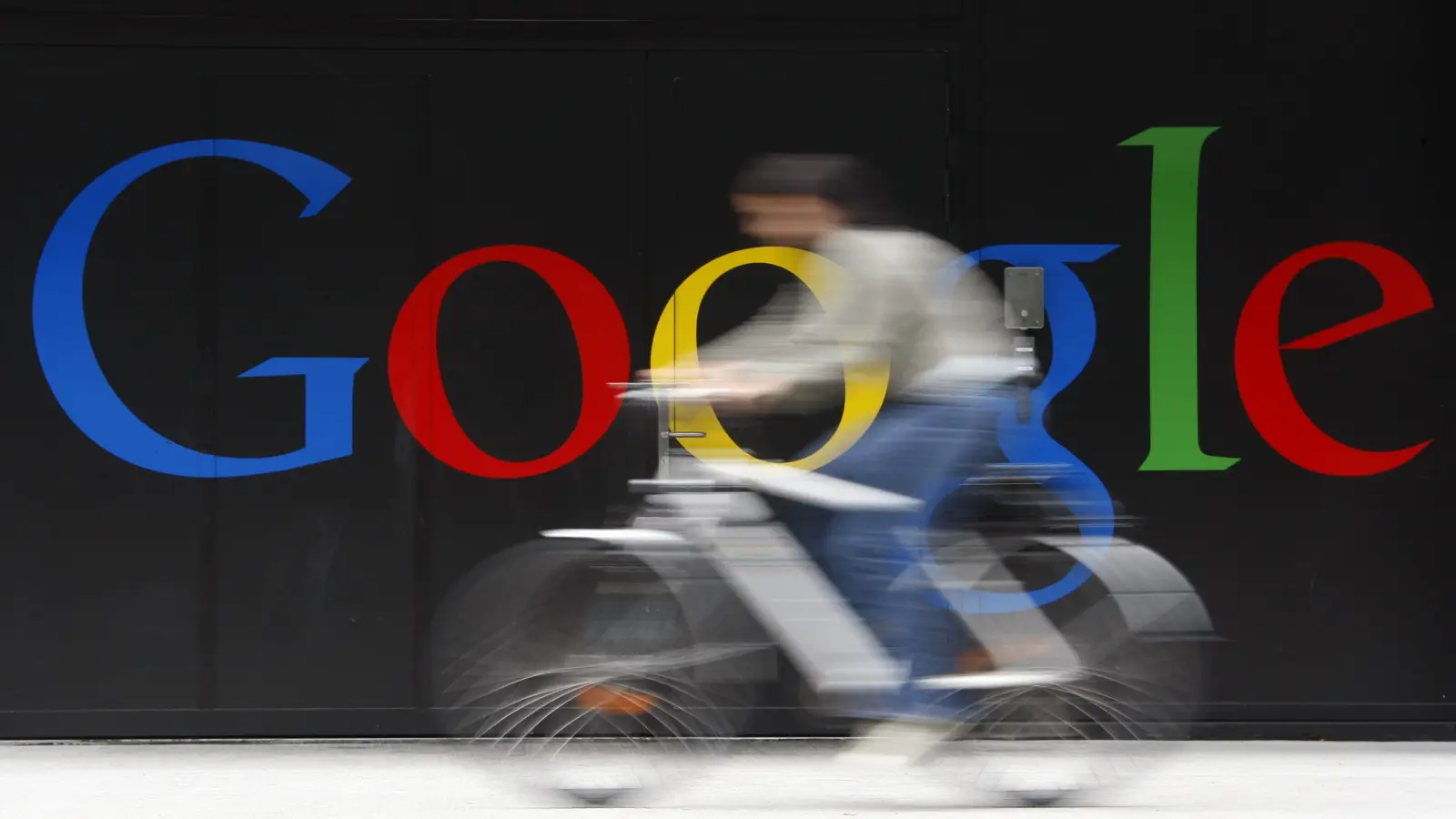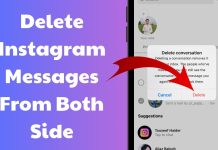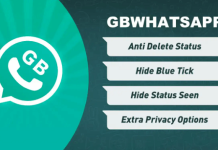In the week after George Floyd’s murder, hundreds of thousands of people joined protests across the US and around the globe, demanding education, attention, and justice. But one of the key tools for organizing these protests is a surprising one: it’s not encrypted, doesn’t rely on signing in to a social network, and wasn’t even designed for this purpose. It’s Google Docs.
In just the last week, Google Docs has emerged as a way to share everything from lists of books on racism to templates for letters to family members and representatives to lists of funds and resources that are accepting donations. Shared Google Docs that anyone can view and anyone can edit, anonymously, has become a valuable tool for grassroots organizing during both the coronavirus pandemic and the police brutality protests sweeping the US. It’s not the first time. In fact, activists and campaigners have been using the word processing software for years as a more efficient and accessible protest tool than either Facebook or Twitter.
Google Docs was launched in October 2012. It quickly became popular, not only because Google email accounts were so widespread already, but also because it allows multiple users to collaborate and edit simultaneously. Microsoft Word, the incumbent, finally had a real rival.
But it has always been used for purposes beyond simple word processing. Teens have long used Google Docs as a way of exchanging notes during dull lectures, for example. More recently, during the pandemic, Google Docs was widely shared to help people deal with the stress of lockdown. Shelter-in-place orders led to a series of feel-good lists on the platform, ranging from the one the New York Times ran of activities and reporters’ thoughts (“Notes from Our Homes to Yours”) to virtual escape rooms, socially distant comedy shows, crowdsourced and collaborative crosswords, and community grocery lists for people in need.
It wasn’t until the 2016 elections, when misinformation campaigns were rampant, that the software came into its own as a political tool. Melissa Zimdars, an assistant professor of communication at Merrimack College, used it to create a 34-page document titled “False, Misleading, Clickbaity-y, and/or Satirical ‘News’ Sources.’”
Zimdars inspired a slew of political Google Docs, written by academics as ad hoc ways of campaigning for Democrats for the 2018 midterm elections. By the time the election passed, Google Docs were also being used to protest immigration bans and advance the #MeToo movement.
Now, in the wake of George Floyd’s murder on Memorial Day weekend, communities are using the software to organize. One of the most popular Google Docs to emerge in the past week is “Resources for Accountability and Actions for Black Lives,” which features clear steps people can take to support victims of police brutality. It is organized by Carlisa Johnson, a 28-year-old graduate journalism student at Georgia State University.
Johnson created the Google Doc in the immediate aftermath of George Floyd’s death, but she had been compiling resources since the death of Ahmaud Arbery, whose murder by a father and son in February didn’t lead to arrests until video of the incident was released in May. “I’ve been doing this [sharing links for direct action] since 2014 with my own network of friends and family,” Johnson says. She’d never created a public Google Doc like this, and chose it over Facebook and Twitter because it is so accessible: “Hyperlinks are the most succinct and quickest way to access things, and you can’t do that on Facebook or Twitter. When you say ‘Contact your representative,’ a lot of people don’t know how to do that.” Direct links in the Google Doc make it much easier for people to get involved, she says.
Another viral Google Doc that emerged in the wake of George Floyd’s murder, listing resources for protestors and organizations accepting donations, was created by an activist known as Indigo, who identifies as nonbinary and uses a pseudonym so as not to be outed to family members. Indigo said accessibility and live editing were the primary advantages of a Google Doc over social media: “It’s important to me that the people on the ground can access these materials, especially those seeking legal counsel, jail support, and bail support. This is a medium that everyone I’ve organized with uses and many others use.”
Like Johnson, Indigo had been collecting resources after Floyd’s murder—“bookmarking and emailing myself tons of links” —and found that “I just couldn’t keep up with it. It seemed like no one else could either.” Indigo was frustrated with Twitter, though: “On the off-chance, you find something phenomenal, you have to retweet, like, or share it at that moment, or else it’s gone forever.” Google Docs was the answer.
“What’s special about a Google Doc versus a newsfeed is its persistence and editability,” says Clay Shirky, the vice provost for educational technology at New York University. In 2008, Shirky wrote Here Comes Everybody: The Power of Organizing Without Organizations, detailing how the internet and social media helped shape modern protest movements.
Shirky says that while social media has been great for publicizing movements, it’s far less efficient at creating stable shelves of information that a person can return to. What makes Google Docs especially attractive is that they are at once dynamic and static, he says. They’re editable and can be viewed simultaneously on countless screens, but they are easily shareable via tweet or post.
“People want a persistent artifact,” Shirky says. “If you are in an action-oriented network, you need an artifact to coordinate with those outside of the conversation and the platform you’re using, so you can actually go outside of the feed and do something.”
Johnson experienced that firsthand. Within days, her Google Doc had made it to actor Cole Sprouse’s Instagram stories and actress Halle Berry’s Twitter feed, multiplying its viewership.
It helps that Google Docs are fairly straightforward to access and simple to use. But anonymity is an important advantage over Twitter or Facebook. Users who click on a publicly shareable link are assigned an animal avatar, hiding their identity. “No one can put you on blast on Google Docs,” says Shirky. “Google Docs allows for a wider breadth of participation for people who are not looking to get into a high-stakes political argument in front of millions of people.”
Google Docs isn’t the only tool that activists are using. Carrd, a platform for building one-page sites, has seen a sharp increase in protest pages like this one. AJ, the founder of Card ( who goes by just his initials), says that while he wasn’t expecting the site to find popularity among protesters, it makes sense.
The advantages? “[It’s] free with relatively inexpensive upgrades, the speed and ease at which you can throw together a site, and the fact that you can more or less do it all on mobile,” he ticks off.
For both Johnson and Indigo, the overall experience of creating Google Docs has been a surprisingly positive one; Indigo does receive the occasional “nasty DM” but shrugs it off. At any given moment, anywhere between 70 and 90 people are in Johnson’s and Indigo’s documents, and both spend significant time editing and fact-checking them.
But while Google Docs is easy to use and share, how private is it? Protesters have taken to putting their phones in airplane mode so their data and location can’t be tracked, along with covering up identifying features. Signal, which provides messaging with end-to-end encryption, has been one of the most downloaded apps of the past few weeks. Including sensitive information in a publicly viewable document might feel risky right now.
“It’s certainly a concern,” says Johnson. When she first created the document, she credited herself as “C. Johnson” to avoid being identified. But she spelled out her full name when she realized that she had a powerful part to play as a black woman. “Others are able to risk so much, and there’s accountability involved here,” she says, adding that privacy concerns are not as significant as the need for activism. Indigo echoes this thought: “The threat of hacking is real, especially because Google is free and not by any means encrypted. I’ve created backup documents and have taken all the precautions I can.”
Shirky says it’s a common misconception that protesters are seeking privacy from the state. “Most of them are concerned with activism, not privacy,” he says. In fact, Johnson says that for her and other activists, the goal is to disseminate as much information as accurately as possible.
“Google Docs lets me put it in one place and across social media platforms,” she says. “Reach is what’s important at this time. A Facebook post can only go so far. An Instagram post can only go so far. But this? This is accessible. Nothing else is as immediate.”



